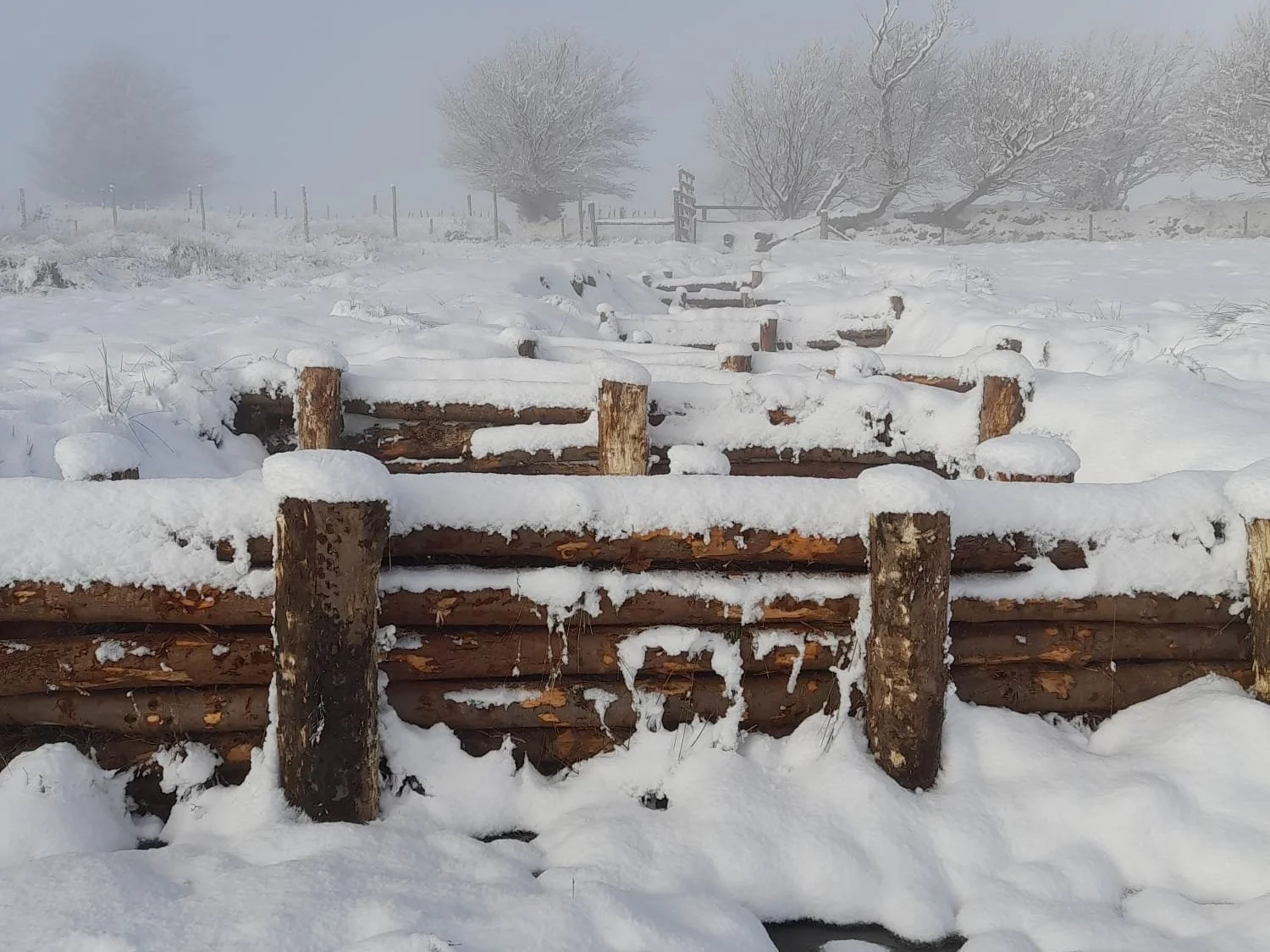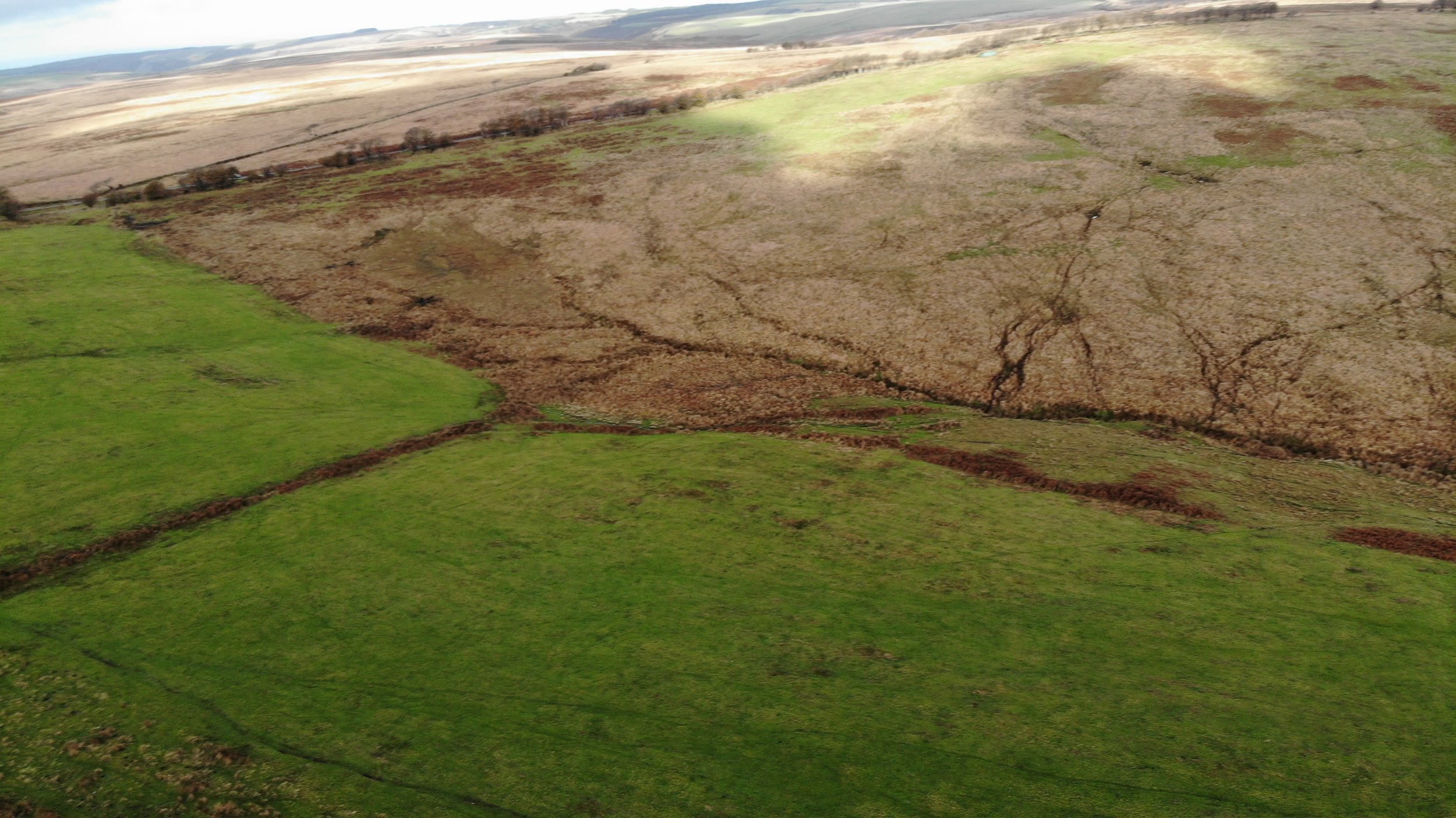Peatland restoration works begin at Alderman’s Barrow Allotment
Peatlands are an often overlooked in the vital role that they play in the climate and ecological crisis. Despite covering only 3% of the world’s land surface, peatlands contain a huge 30% of global soil carbon. In the UK, they contain more carbon than two-thirds of all our woodlands. However, when they dry out and degrade, their ability to keep carbon in the ground is lost. That’s why we’re taking urgent action to restore degraded peatlands across Cornwall, Devon and Somerset, with restoration work begun for the 22/23 season on Exmoor at the end of November on the National Trust’s Holnicote Estate.
“Peatland restoration is more important than ever, with the droughts and heatwaves of 2022 showing that it is vital we take action to restore carbon-storing habitats like peatland on Exmoor for wildlife, people and planet.”
Over the years, Alderman’s Barrow Allotment has been shaped by historical agricultural drainage and moorland reclamation. Large drainage ditches have been installed to quickly funnel rainwater off the site, causing the peat bogs to dry, erode and fragment. By blocking these man-made drains using natural materials like locally-sourced heather bales and logs, products arising from other conservation projects on the estate, we are working to simply hold water in these landscapes as it would naturally be. A stable and higher water table benefits everyone, creating conditions where rare bog species of plants can thrive, carbon can be sequestered, livestock can drink and peat can build up once more.
Works are scheduled to end in Spring 2023, avoiding the bird nesting season. Basil Stow, National Trust Area Ranger explained the changes that visitors can expect to see from the site over the years ahead.
“Holnicote Estate makes up over 12,000 acres of Exmoor National Park and is owned and managed by the National Trust. Red deer, Exmoor Ponies, 15 of 17 UK bat species, rare butterflies and insects are found across Holnicote, with cuckoo, snipe, sundews and many more often seen at Alderman’s Barrow Allotment, making it a popular place for walkers, horse-riders and wildlife-watchers. By diversifying and improving habitats, we will help to buffer the area from flash flooding and help trap sediments from running into local watercourses and rivers. Over the years ahead, visitors will be able to see these habitats thrive and become home to a wider range of rare and interesting birds, invertebrates, plants and mammals.”
Basil added the importance of visitors being aware of the restoration works for their safety when visiting the site.
“As open-access land, the area remains open to all. However, if you’re planning on visiting in the coming months, please follow the signage on site to safely enjoy the landscape whilst the restoration work takes place.”



